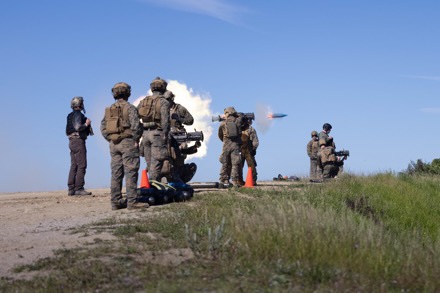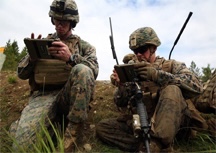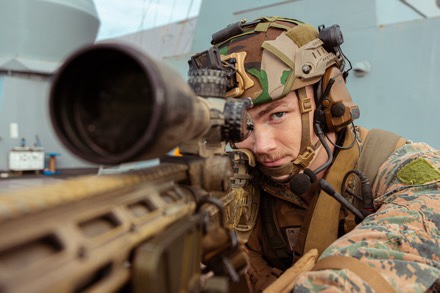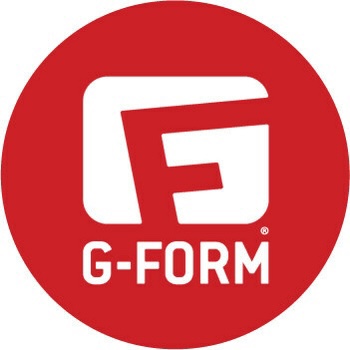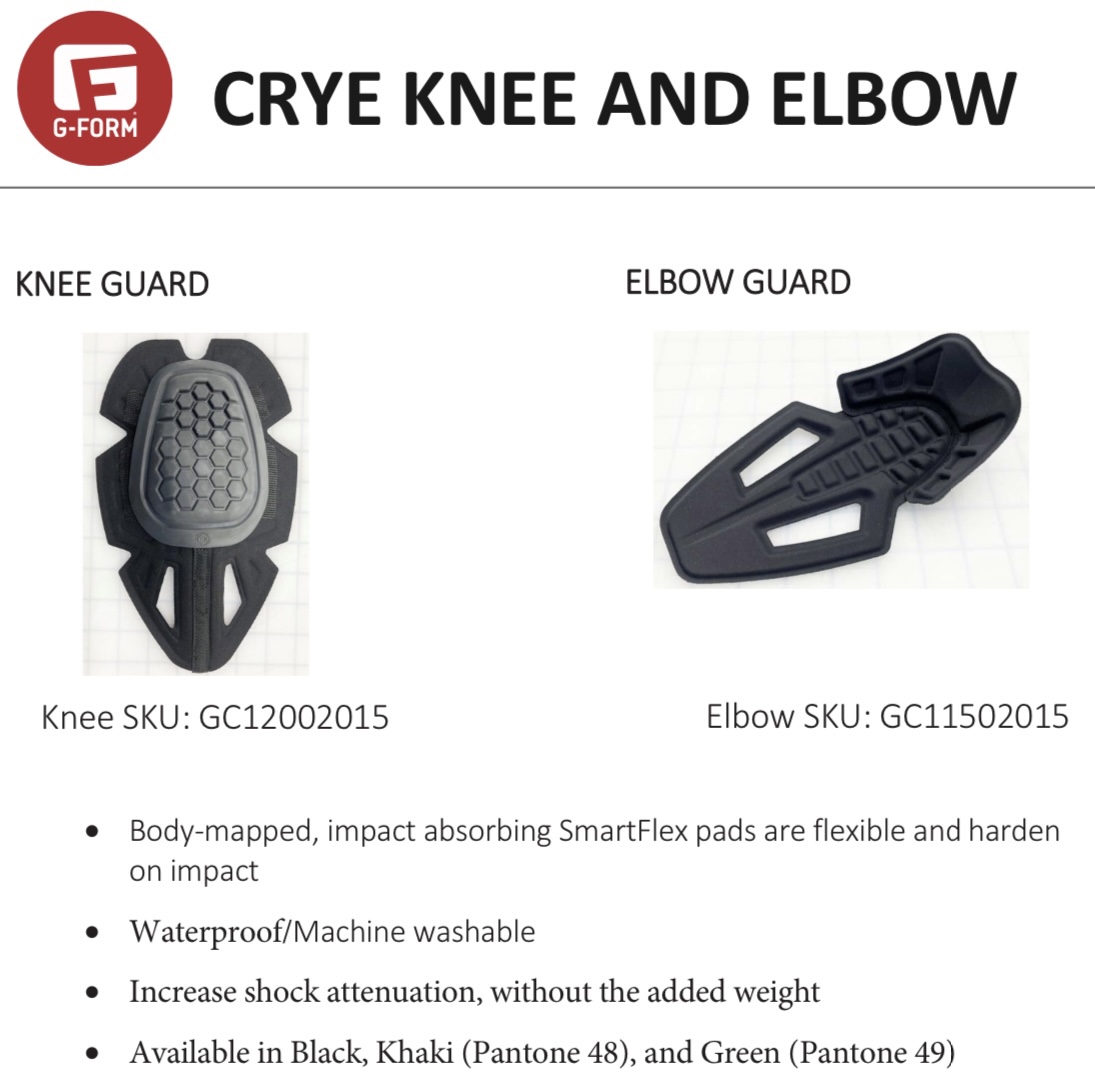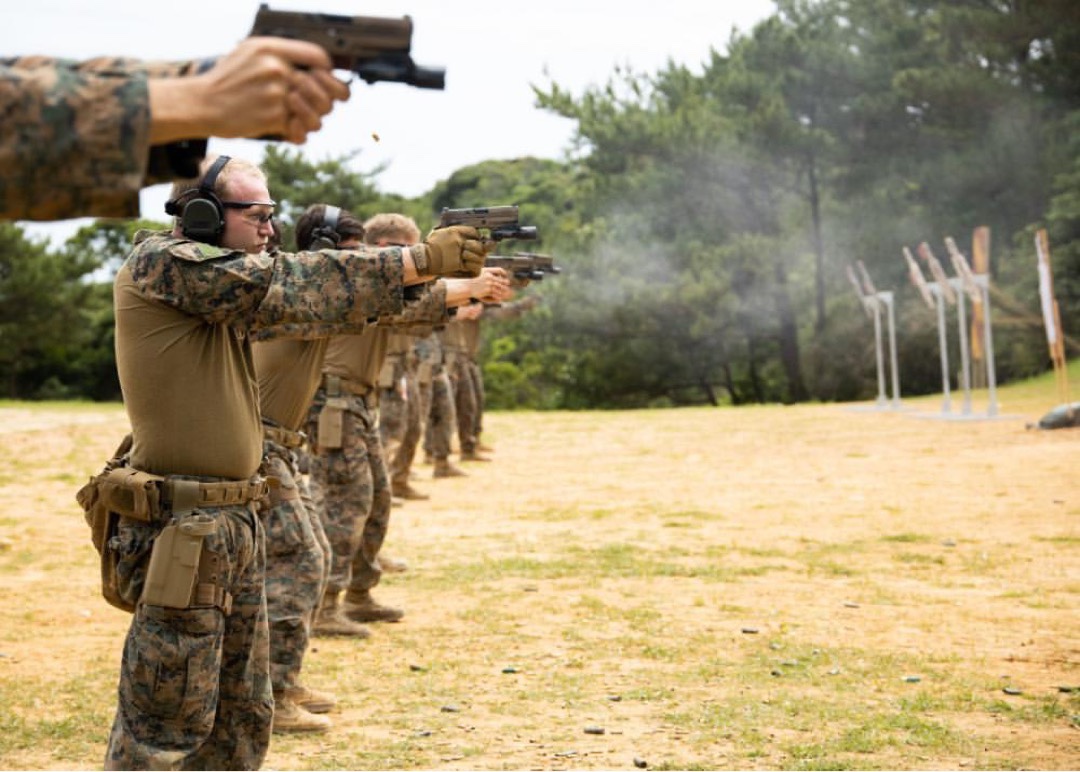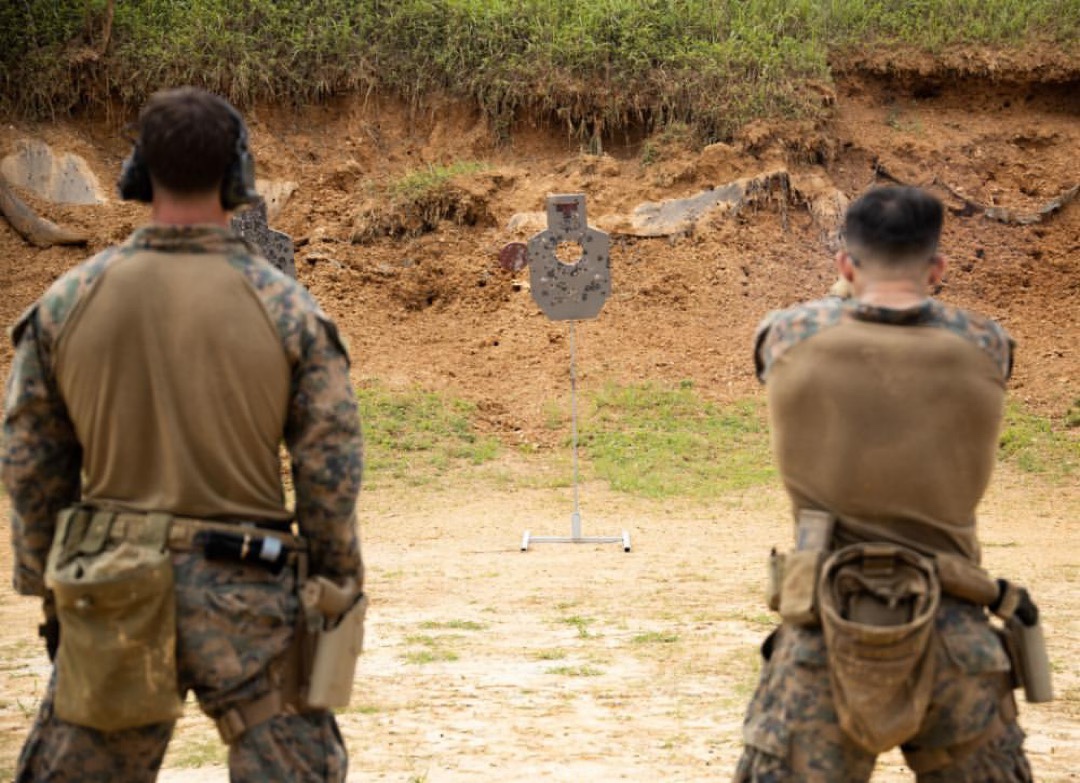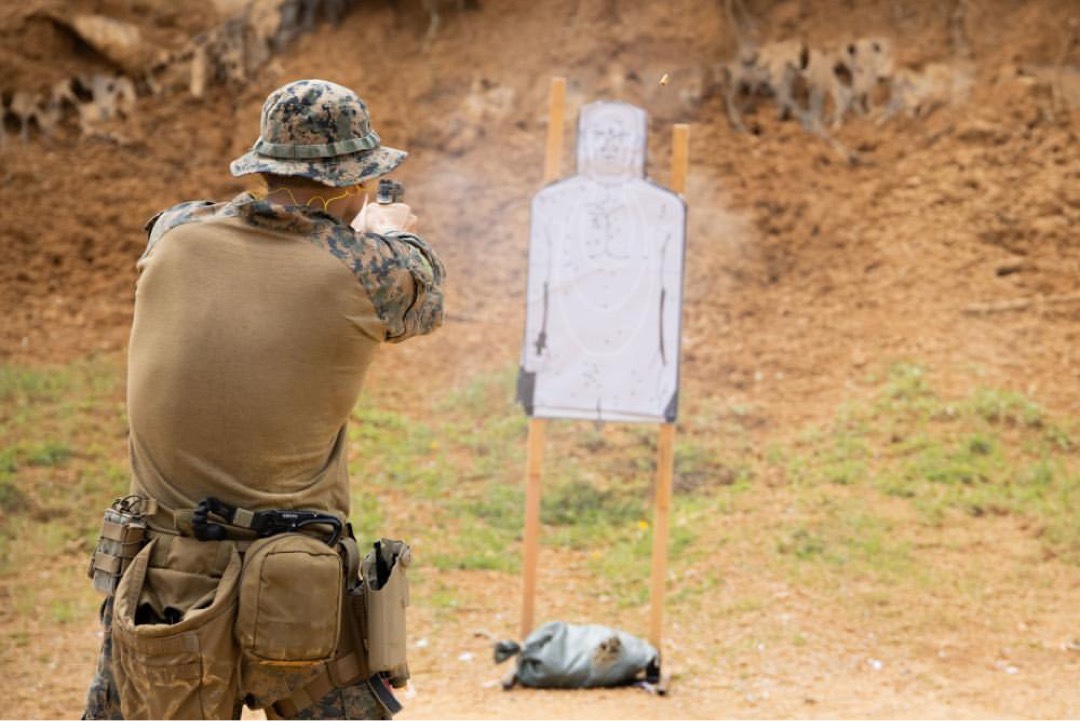TWENTYNINE PALMS, Calif. —
Marines with 2nd Battalion, 7th Marine Regiment, 1st Marine Division, participated in a scout platoon mobile training team event at Marine Corps Air Ground Combat Center Twentynine Palms, California, March 20-31.
The training increased the Marines’ knowledge of scouting and reconnaissance fundamentals to test future infantry battalion scout platoon capabilities.
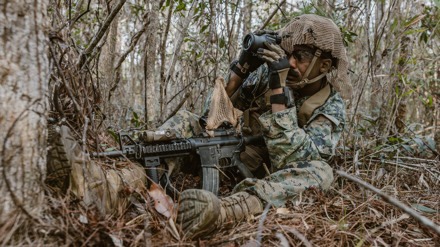
The Marines and Sailors of 1st Marine Division continue to lead the way in Infantry Battalion Experiment 2030, or IBX-30, initiatives. The training the battalion recently completed was another area the Marine Corps is looking to develop more versatile and lethal units to compete in austere environments. The scout platoon transition is also part of a renewed focus on basic reconnaissance and looks to provide ground combat commanders with early indications and warnings, real-time battlefield analysis, and undetected observation of adversary forces.
“The training allows our scout platoon to assist the commander’s decision-making ability and also extend the battlefield through employment of small unmanned aerial systems.”
Capt Mike Larson, the company commander for Weapons Company, 2nd Bn., 7th Marines
“A likely vision of warfare centers on the recon/counter-recon contest,” U.S. Marine Gen. David H. Berger, commandant of the Marine Corps, wrote in his 2019 Commandant’s Planning Guidance. “This demands an agile, stealthy, tactical system employing forces that are able to locate, target, and fire precisely first.”
Under the guidance of a mobile training team from Advanced Infantry Training Battalion, School of Infantry – West, the “War Dogs” of 2nd Battalion, 7th Marines went through a challenging program of instruction designed to give the foundational skills expected of a scout platoon member. The course focused on individual reconnaissance skills such as reporting, surveillance, communications, and patrolling. The course also introduced various collective skills on scout employment in the offense and defense.
“The scout platoon mobile training team provided the foundational reconnaissance and surveillance skills that will be required moving forward for the V27 scout platoon,” explained Maj. Neil Simmons, the operations officer for AITB. “As we continue to transition toward this FD2030 concept, these competences will be key factors to our success in future operating environments.”
The 10-day training event included instruction and practical application on all-weather, ground, reconnaissance and surveillance tactics, techniques, and procedures with an emphasis on support to battalion intelligence collections. Throughout the course, the instructor cadre stressed the importance of effectively operating in an all-domain environment to include capabilities not historically found within an infantry battalion.
“2/7’s scout platoon learned how to effectively operate and manage their signature in a multi-domain environment, to include the electromagnetic spectrum, while also integrating enhanced technical capabilities such as ground sensors and special intelligence/electronic warfare teams,” said Capt. Mike Larson, the company commander for Weapons Company, 2nd Bn., 7th Marines. “The training allows our scout platoon to assist the commander’s decision-making ability and also extend the battlefield through employment of small unmanned aerial systems.”
Scout platoon integration is the most recent step in the IBX-30 evaluation process. With an organic scout platoon, along with other integrated units, weapons, and skillsets, future infantry battalions can provide more versatile, more experienced, and more lethal forces to commanders around the world.
Story by Capt Joseph DiPietro, 1st Marine Division
Photo by LCpl Emma Gray


